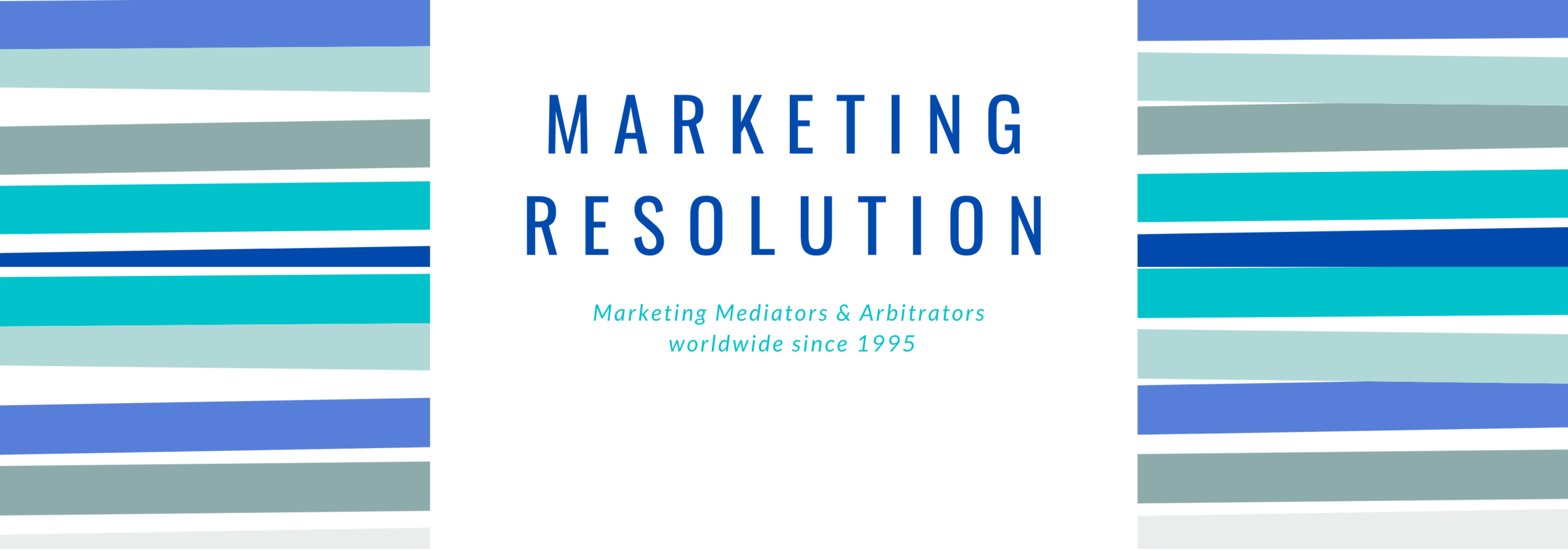3 Quick Ways That Mediators Can Create Content For LinkedIn
Building effective content on LinkedIn, or really any social media platform, is a great way to help you showcase your knowledge and what you can do for clients, and make yourself memorable. Since it’s social media, it’s also great for building a network, which is a great way to generate interaction with prospective clients.
In this video, we’ll be focusing on 3 things: your topics, your forms/mediums of content, and establishing your LinkedIn content plan. If this sounds like something that would benefit your marketing strategy, keep watching.
So, going into your content topics:
-The first thing you’ll want to do is visualize your target audience. We talked about this in a previous video, so check it out if you want a more in-depth explanation, but for a brief recap, your target audience represents the general trend of people that access your services and view your content.
-The idea is to focus your content strategy on this target audience by discussing topics that would theoretically appeal to them, and using the social media platforms that are frequently used by those demographics.
-Think about topics that are relevant to your practice, and also think about topics that are relevant to your target audience. Write down a few areas of interest that you want to primarily focus on. This will help guide your content creation and help keep content consistent and relevant to your audience. Know that you can change these in the future and deviate from them slightly, so this definitely isn’t rigid, but it can just be a guideline as you start out.
Now, we’ll talk about the different forms and means of presentation that you can use for your content on Linkedin.
-Interactive content, like polls or question posts, can be a great way to get connections engaged. You might want to keep a portion of your social media marketing reserved for this type of content.
-However, keeping the majority of your content brief but informative is key. If you can help improve your connections’ understanding of this industry and related topics, it gives them a reason to keep viewing your content. You can make brief, unbiased points about current events, and provide your valuable, educated insight.
-If you have a visual arts background or would want to outsource this to someone who is, creating visual content and infographics is a great way to stand out. Platforms like Canva, Figma, or Freeform if you have a Macbook, can be good, user-friendly tools, but play around and find what works for you if this is a pathway you want to take.
-If you already have a blog, if you post articles, or if you have a podcast or Youtube channel, you can occasionally include links to these if you’re comfortable with it, or if they’re educational or particularly relevant. Since Linkedin is such a professionally-oriented platform, this is quite common. Including a modest call to action in these types of posts, such as encouraging people to check it out, or feel free to comment with any questions, can be great and gives readers the next steps for interacting with that post. The key is making sure this doesn’t make up the vast majority of your content, and not sounding pushy.
Now that you have an idea of what topics and mediums you want to use, it’s time to establish a content plan.
-Get out a calendar, whether it’s a physical planner, paper calendar, or calendar app, and start mapping out the approximate dates and times you’d want to post content on LinkedIn over the next 45-90 days. How often you’d want to post depends on whether you’re using other social media platforms to market, and how much free time you have.
-You can even use Google calendar or similar apps to block out time to draft these social media posts in advance. This may not necessarily be when you’re posting content, but this can help you manage your time and work on your content when it works for you.
-You can also consider coming up with content ideas a couple of weeks in advance, to make sure your upcoming content is appropriately balanced. Acknowledge that you can absolutely change these based on current events, but it can just serve as a baseline.
Congratulations on figuring out your game plan for your LinkedIn content. Hopefully, you now have a clearer idea of what you want to do, and you feel comfortable with your content planning and creation schedule.
One quick tip: Once you’ve started posting content and gotten into a rhythm with it, you can check out your post analytics on Linkedin and see what types of content get the best engagement. You may want to focus your content strategy more on these mediums and topics, and it may be valuable to check in with your social media strategy every couple of months and adjust as necessary. Stay tuned for videos coming up in the next couple of months, as we’ll discuss these in greater detail.

